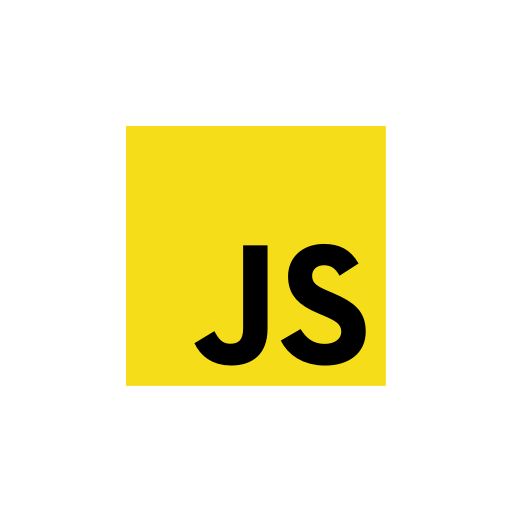I. Introduction to JavaScript
JavaScript is a versatile and powerful programming language that plays a pivotal role in web development. Originally created by Brendan Eich in 1995, JavaScript has evolved into a dynamic language used not only on the web but also in various environments such as servers and mobile applications. In this article, we will explore the essential concepts of JavaScript, providing you with a solid foundation to begin your journey into the world of web development. Before we dive into the concepts, let’s set up our development environment to start writing and executing JavaScript code.
II. Getting Started with JavaScript
As a web developer, you have two options for using JavaScript in your projects: inline JavaScript and external script files. We’ll explain the difference between these approaches and guide you through setting up a basic HTML file to include JavaScript code. Additionally, we’ll cover the fundamental syntax and structure of JavaScript programs, helping you write your first “Hello, World!” program.
III. Variables and Data Types
Variables are essential for storing and managing data in any programming language. In JavaScript, you can declare and initialize variables using various data types, including numbers, strings, and booleans. We’ll explore the basics of working with variables and discuss JavaScript’s dynamic typing, allowing variables to hold different data types during the program’s execution.
IV. Control Structures
Control structures enable you to make decisions and repeat tasks in your JavaScript code. We’ll cover conditional statements, such as “if,” “else,” and “else if,” which allow you to execute specific code blocks based on certain conditions. Additionally, we’ll explore the “switch” statement for handling multiple conditions efficiently. Loops, like “for,” “while,” and “do-while,” will also be introduced to help you iterate over data and perform repetitive tasks.
V. Functions: Reusable Code Blocks
Functions are the building blocks of JavaScript, allowing you to encapsulate code into reusable blocks. We’ll explain how to declare functions, pass parameters, and return values from functions. You’ll learn the differences between function expressions and function declarations and when to use each approach.
VI. Introduction to the Document Object Model (DOM)
The Document Object Model (DOM) is a critical concept in web development, enabling JavaScript to interact with HTML and CSS elements dynamically. We’ll explore the DOM tree structure and learn how to access and manipulate HTML elements using JavaScript. Understanding the DOM is essential for creating interactive and responsive web pages.
VII. Event Handling
In web development, event handling allows your JavaScript code to respond to user actions like clicks, submissions, and keypresses. We’ll guide you through adding event listeners to HTML elements, allowing you to trigger specific functions when events occur. You’ll become familiar with common DOM events and how to use them effectively in your projects.
VIII. Asynchronous Programming
JavaScript’s asynchronous nature is crucial for handling time-consuming tasks without blocking the main thread. We’ll explain the concept of asynchronous operations and dive into callback functions, which are a foundational mechanism for handling asynchronous tasks. Additionally, we’ll introduce Promises and the modern Async/Await syntax, making asynchronous code more readable and maintainable.
IX. Error Handling
Bugs and errors are inevitable in programming. We’ll explore error handling in JavaScript, teaching you how to use try-catch blocks to gracefully handle runtime errors. Furthermore, you’ll learn how to handle errors in asynchronous code, ensuring that your applications remain robust and stable.
X. JavaScript Best Practices
To become an efficient JavaScript developer, following best practices is essential. We’ll cover proper code formatting, indentation, and the significance of commenting and documentation in your projects. Additionally, we’ll discuss code reusability and modularity, enabling you to write clean and maintainable code.
XI. Resources for Further Learning
Learning JavaScript is an ongoing journey, and we’ll provide you with valuable resources to continue your education. We’ll recommend online tutorials, official documentation, and popular JavaScript libraries and frameworks that can accelerate your learning process. Moreover, we’ll encourage you to work on projects and practice exercises to reinforce your knowledge and skills.
XII. Conclusion
In conclusion, JavaScript is a powerful and fundamental programming language for web development. By grasping its essential concepts, you’ll be well-equipped to start building interactive and engaging web applications. Remember that practice and continuous learning are key to mastering JavaScript and becoming a proficient web developer. So, embrace the journey, write code with enthusiasm, and watch your creations come to life through the magic of JavaScript!





